Digital marketing has barged into the scene of marketing, making it incumbent on the marketer to utilise it, in addition to the current marketing strategies. However, many firms still struggle to embrace it! Why is this inhibition of digital marketing acceptance a novelty? One sure answer is – online marketing instruments are still in a flux, they come & go quickly. Further, comprehending these techniques and incorporating them, is no plain sailing, as fail-safe ways to use them does not exist, which potentially exposes advertisers to the risk of failing.
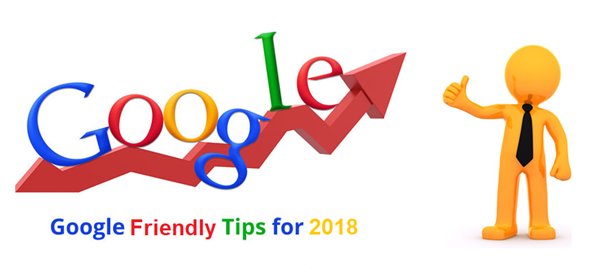
The most important aspect for digital marketers in this day and age is a Google-friendly website. A higher ranked website automatically converts leads into prospective customers, which is the most basic requirement for a marketer. So, how to rank higher on Google? Through the following 6 pro-tips, our digital marketing geeks have tried to answer this question.
SEO Techniques
Getting a webmaster tool, on-page optimisation techniques and keywords planning are meats and potatoes for SEO experts, therefore, requires no introduction. But, some key facets need to be highlighted like proper indexing and error finding in websites through webmaster; meta title /meta description for on-page optimisation as well as giving a proper heading tag.
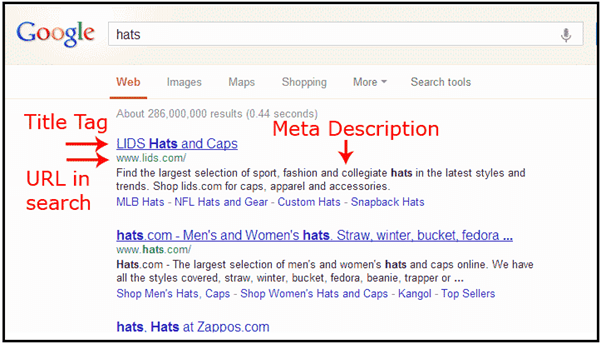
The length of meta-data is the key to getting more engagement on google searches. Google being Google, makes regular changes in the Google SEO guidelines to keep their process organic. So, following the same, is one of the most elementary steps towards using them. The recent guidelines about meta-data can be found here:
https://support.google.com/webmasters/answer/35624?hl=en
The use of alt-text for images is also an essential activity that needs to be done under the on-page optimisation techniques.
Content Is King
Nearly two decades ago, Bill Gates declared “CONTENT IS KING”! He got his prediction right. Although, the question remains, what makes a good content? The infographic below shall answer your question.
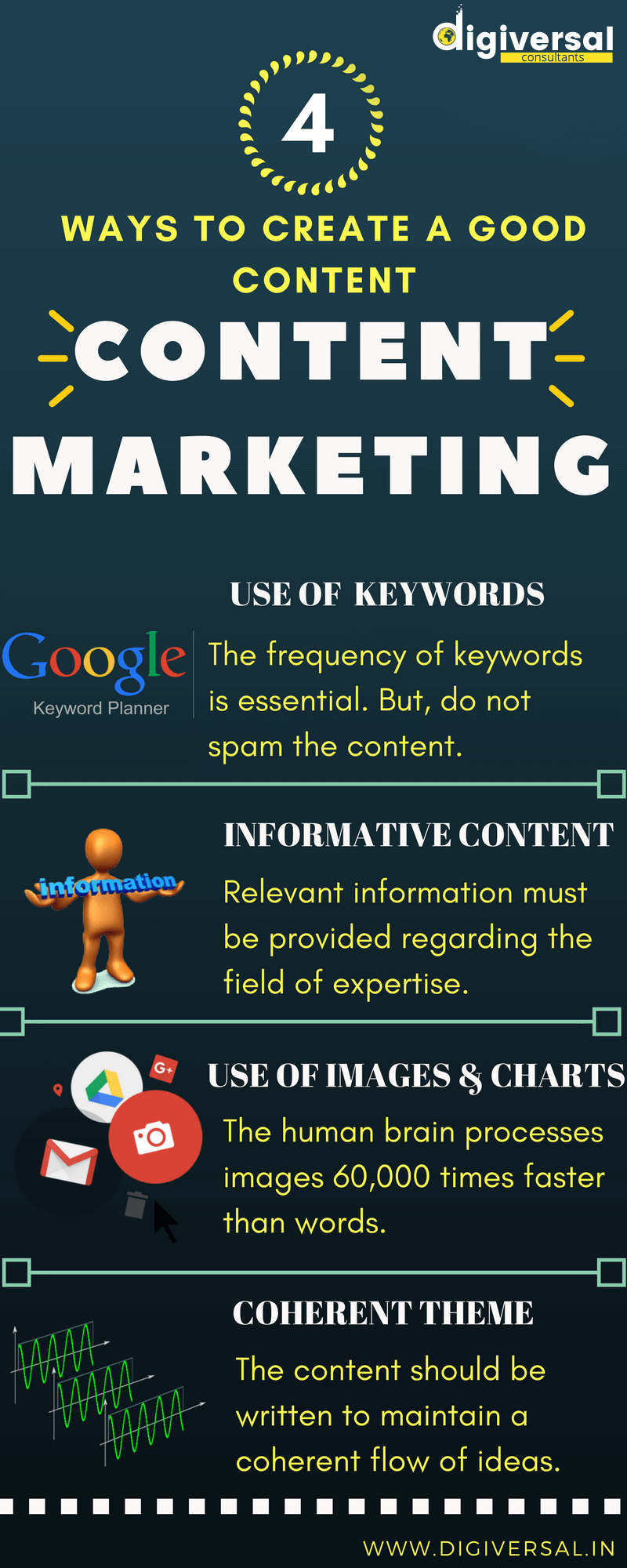
Mobile-Friendly Website
More people own a smartphone than a toothbrush. So, marketing products on mobile is an example of syncretic market behaviour, where the idea is to pick them up from status quo without even interrupting the customers, thereby personalising the product to suit their specific needs.
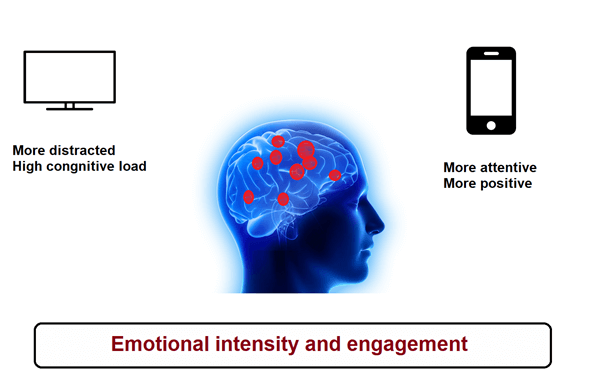
One needs to flexibly design the codes, in order to adjust them according to the requisite resolution for tablet, mobile, or PC. Writing a proper media query also plays an important role along with the responsive web design for the website. The following image has some tips that can facilitate your understanding further.
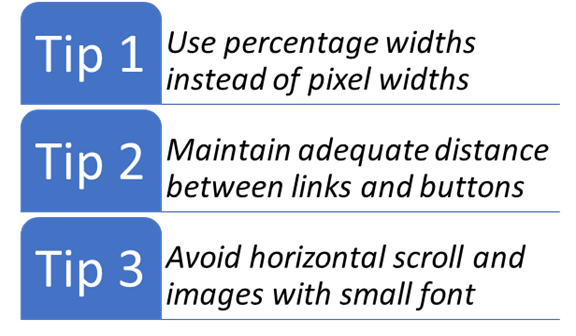
However, the revolution in mobile browsing was brought in by the Accelerated Mobile Pages (AMP). It has provided the publishers, users and marketers with smoother websites and speedy experiences. We shall look into more detail in the next point. You will understand why? Read on
PWA + AMP: Experience and Get Engaged with Painless Website Loading
Before we get into this juxtaposition of two of the most advanced techs, let us have a brief look at AMPs.
In today’s day and age, we expect rich graphics, smooth scrolling, fast animations and transitions to load fast, without any glitch. But, when it comes to mobile, such experience was not possible with the existing JavaScript, therefore AMPs came into the web fora.
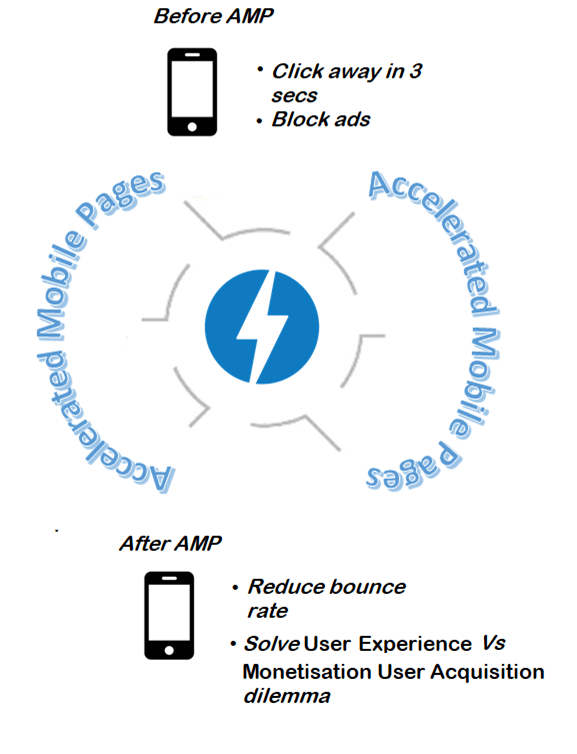
Simply put, AMP is a stripped-down version of the mobile web which runs on a reinvented version: AMP HTML, a reimagined version of HTML. Some of its advantages are highlighted in the following image:
In case of PWA or Progressive Web Apps, the app-like experience is achieved on mobile webs.

AMPs are useful within a PWA due to the following points:
- APM can be used as library of web components
- AMPs can be used as a rich data source
- Due to the Shadow Dom, AMPs are used as portable, embedded content units
As it was launched recently, in case of more insight into it, you can see this video by Google Developers:
Originality is the Buzzword

Original and unique always fascinates a human mind. Even when it comes to faces, habits, stories etc. their uniqueness stays with you longer than something common. Same is the case for your website; content, design, graphics and services, all must have some novel aspect. How to ensure it? It is easy; motivate yourself to think in a creative manner.
It seems simple but still, nearly 20-30% of the web is of duplicate material. Google does not penalise duplicity per se, rather, it ranks the original information higher rendering the copied websites get less traffic than required. How to prevent getting a chicanery tag by users:
- Using canonical tags
- 301 & 302 re-directs
- Using Rel =” alternate”
What to Avoid?
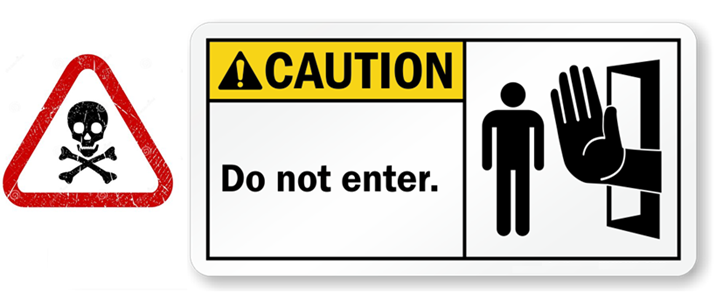
We have discussed at length about the techniques that are indispensable for digital marketers today. However, limiting our discussion here would hinder the chances of numerous small businesses and even some large businesses from breaking away from the old school digital marketing trap. Therefore, business firms must exhibit prudence while selecting approaches in order to compete on the digital platform.
- Not Taking Social Media seriously as a B2B Channel: Even today, many business firms are unable to acclimatize themselves in the domain of social media. If you are one of them, time to make a new year resolution in 2018.
- Overuse of Keyword Optimization for Ranking: Keyword stuffing in content as well as in heading was one of the only success mantras for high rankings, a decade ago. But, in 2017 and even in 2018, useful content is the only way to get more traffic.
- Directories, Paid Links, etc: Free but relevant information is what can get you more clicks today. So, stop the spending spree on paid links.
- Unfocused, non-strategic “linkbait”: If you write for users and not bots, you must have already avoided this. However, if you still continue to tread this path, get off today; the user is smart.
- Indiscriminate guest blogging: Use of guest blogging as a way to gain links in 2018 is nothing but spamming. You know what happens when you are spammed by users.
- Creating multiple interlinked websites: Internet is still filled with techniques about how to interlink multiple websites. Such information is only relevant for individuals writing a history of SEO and not for digital marketers. So, do not make any effort to read it.
The techniques mentioned above is no panacea to get higher overnight. These methods, though holistic, needs to be used based on your expertise, area of work and target audience. Digital marketing mainly revolves around customer focussed models rather than channel focussed models, therefore anyone who tries to sell a one-size fits all idea is only doing sophism. 2018, is the year of digital marketing, experiment, think and be creative. The virtual space is yours to conquer.
